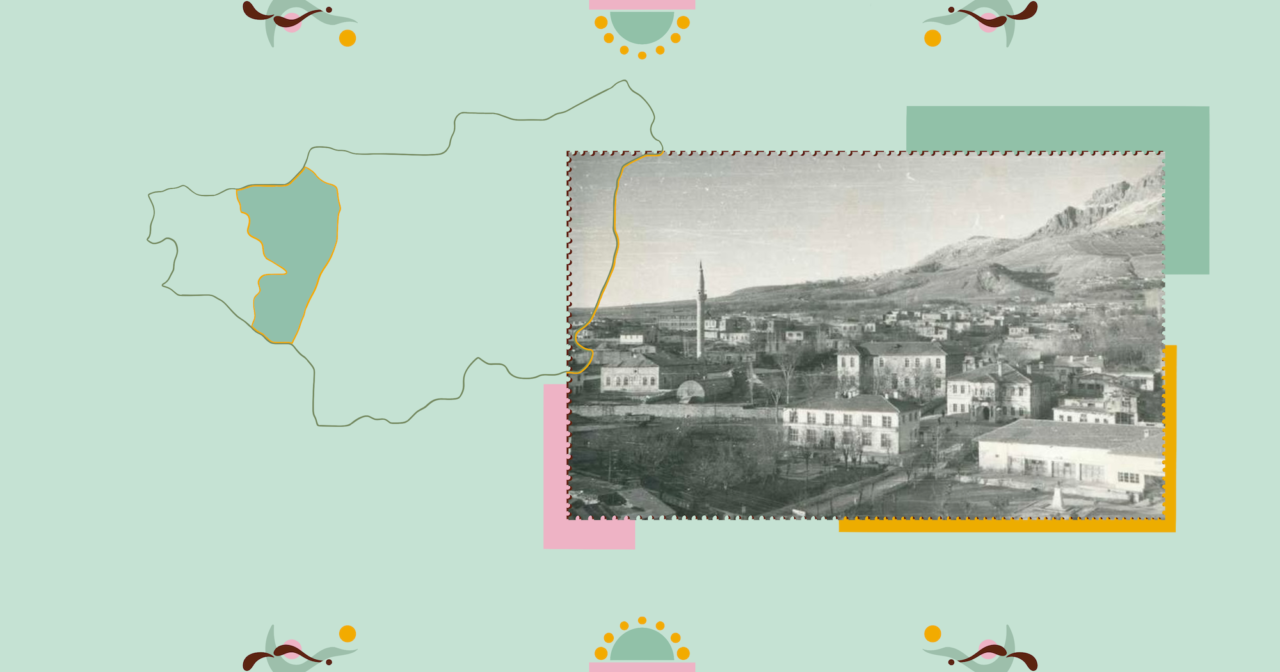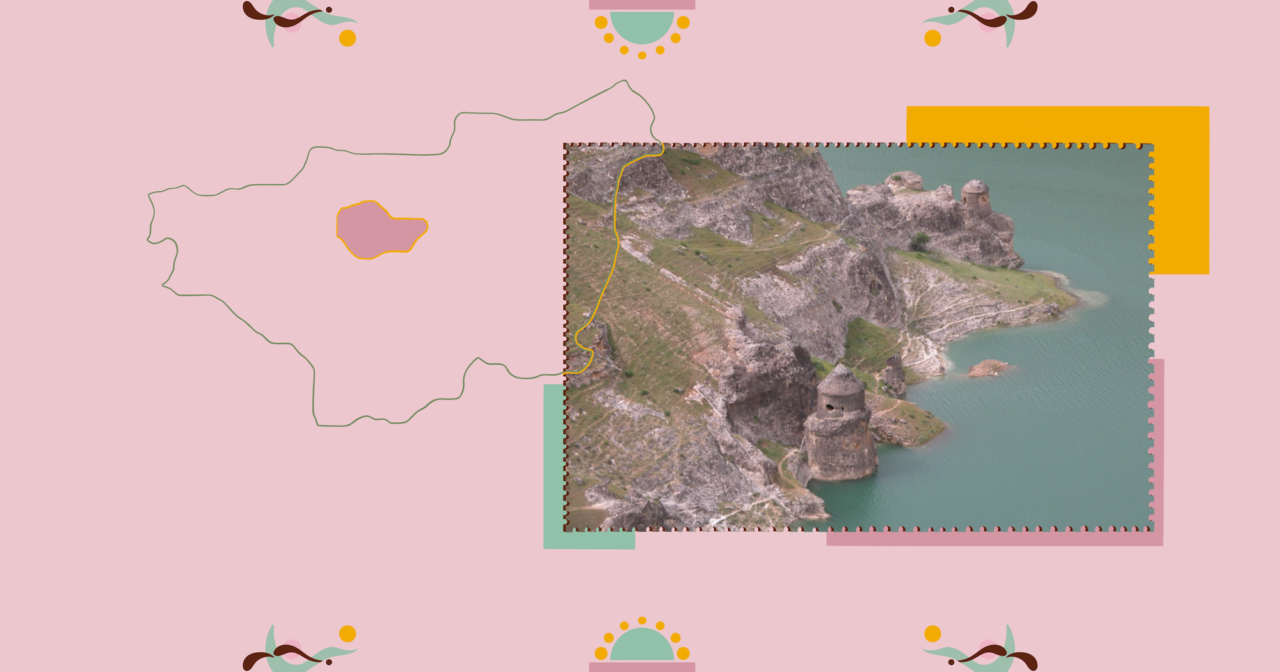Eğil is a district 50 kilometres away from Diyarbakır, and the Tigris River passes from its north. From certain viewpoints, any sentence we could say for Eğil would be similar to those we could say for Diyarbakır in general. However, there are also aspects that set Eğil apart, since its stage of history is so densely populated.
Journalist Altan Sancar has written about the lands he was born on, and the transformation of which he witnessed as he grew up, and also the Armenian roots of his family, which led to him shooting a documentary on the subject.
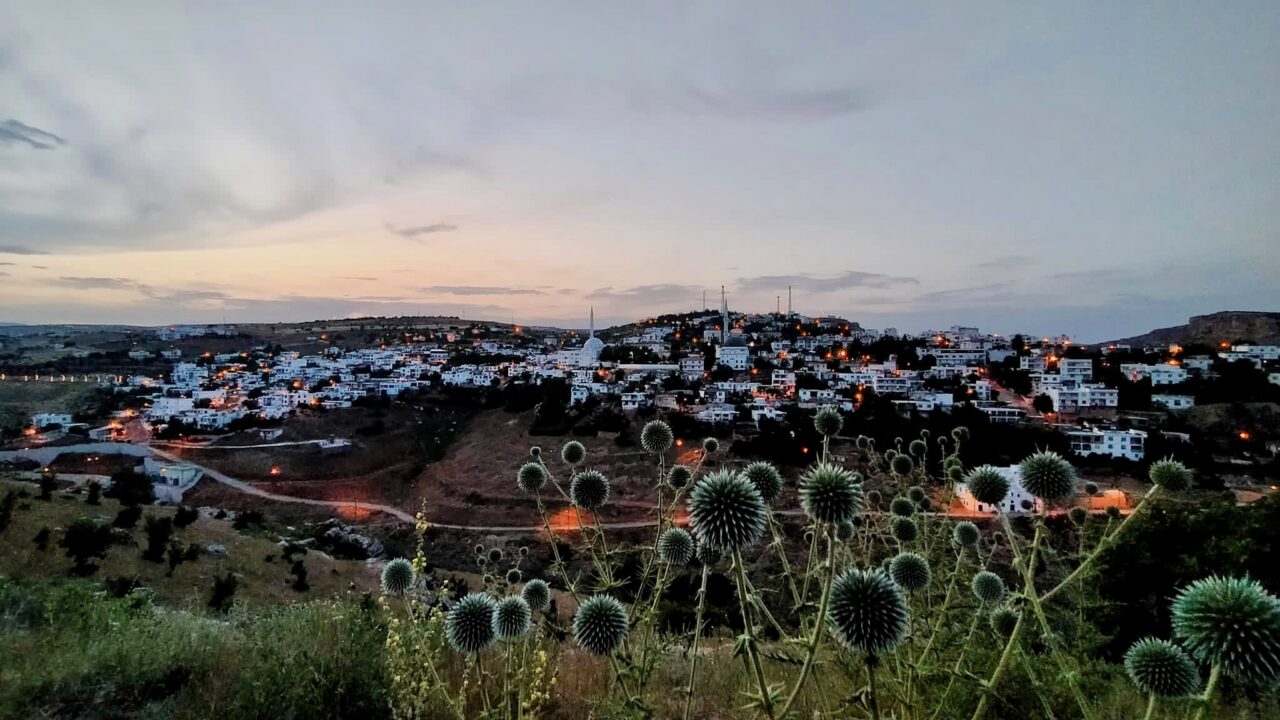
It is impossible to distinguish the history of Eğil from that of Diyarbakır. The history of uninterrupted settlement in Eğil takes us as far back as the shores of the Neolithic Revolution. Şevket Beysanoğlu, from Eğil, too, in his three-volume work titled “The History of Diyarbakır”, writes that the north of Diyarbakır, extending as far as Tunceli and including Eğil, was known as Sophene. And in the region of Sophene, once a part of the Kingdom of Greater Armenia, until the Armenian king Arsames I founded the city of Arsamosata, Eğil was the capital of the kingdom.
It is perhaps because of its misfortune that comprehensive research has not been carried out on Eğil, yet we are able to say that it has hosted tens of civilizations. Eğil was ruled, from 3500 to 1260 BC, by the Subartu, Hurrian and Mitanni civilizations. From 1260 to 606 BC, it fell under the rule of the Assyrian and Urartu states. Progressing step by step through history, it was within the borders of the Romans in 297, the Armenians from 661 to 750, the Abbasids from 750 to 869, the Byzantines in 908, the Great Seljuk Empire from 1085 to 1093, and the Nisanids from 1157 to 1169. From 1394 to 1401, Timur was in charge, while from 1401 to 1507 the Aq Qoyunlu and from 1507 to 1515, the Safavids ruled the region. In 1515, Eğil became part of the Ottoman Empire.
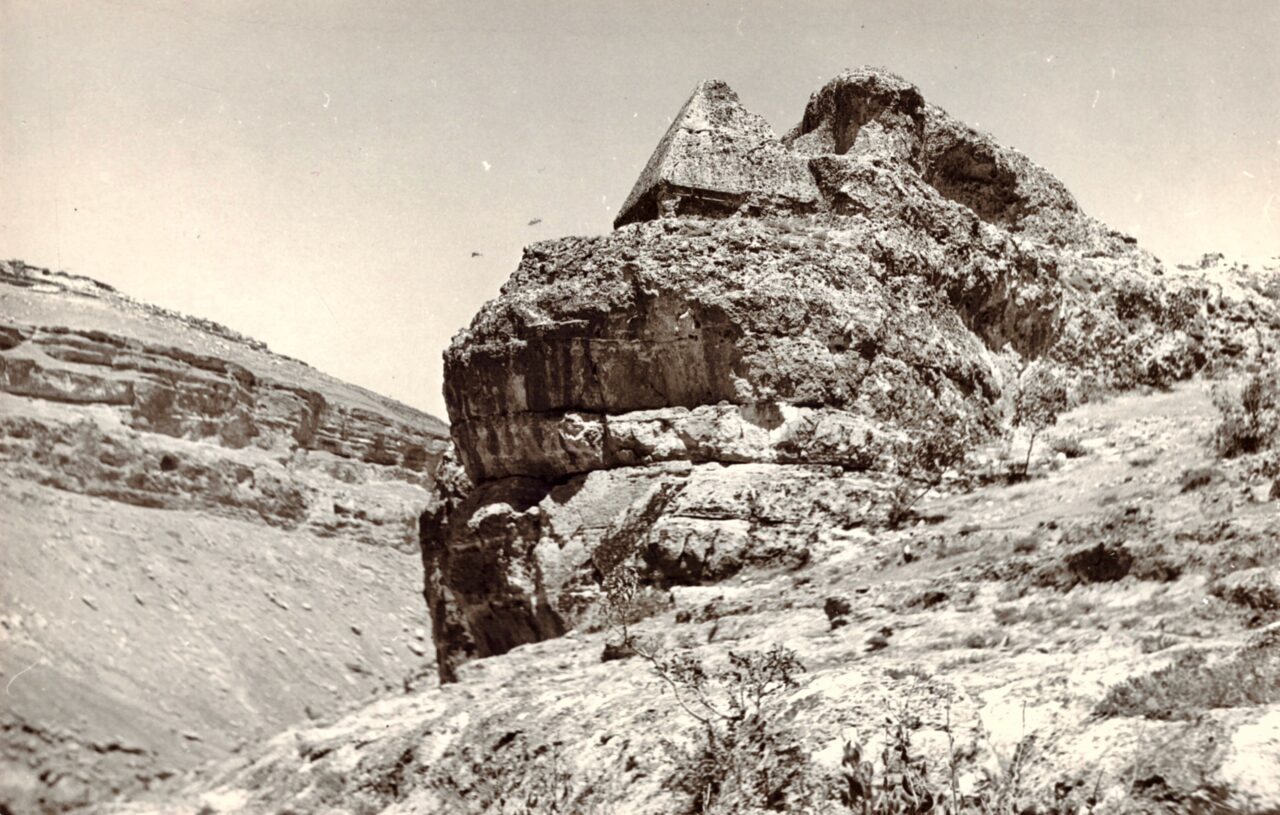

Eğil bears the traces of the civilizations it remained under, and is still considered to be one of the ancient Armenian cities. The district is also referred to as the “Land of the Prophets”, because it is believed that nine prophets are buried here, including the prophets Dhu al-Kifl and Elisha.
In addition to the Kurmanji and Zazaki dialects of Kurdish, Turkish, too, is spoken in Eğil today. The last generation that spoke Armenian passed away many years ago. Throughout its long history, the district was known as Ashipalis in Assyrian, Arkatiakert in Armenian, Encil, Enigelene or Angl in Syrian, and Karkathiokerta in Greek. The district’s Kurdish name is Gêl.

Founded on hills that lie parallel to the Tigris River, the district is made up of four neighbourhoods: Gündoğuran, Yenişehir, Dere and Kale. Kale, especially, is home to the history of Eğil. Some neighbourhoods and villages of the district were submerged under the waters of the Kralkızı Dam, the construction of which began in 1985 on the tributaries of the Tigris River.
The dam was named after the Kral Kızı [‘King’s Daughter’] relief on the castle in the Kale neighbourhood, built during the period of Assyrian sovereignty. The relief actually shows the Assyrian king Sargon II standing with an axe in his hand, however, it has come to be known as the “king’s daughter” and continues to be often referred to by this description today. Besides, it is not that easy to see this relief. It can only be made out at sunset, when the rays of sun hit the castle from a certain viewpoint, and many leave Eğil without being able to see the relief.
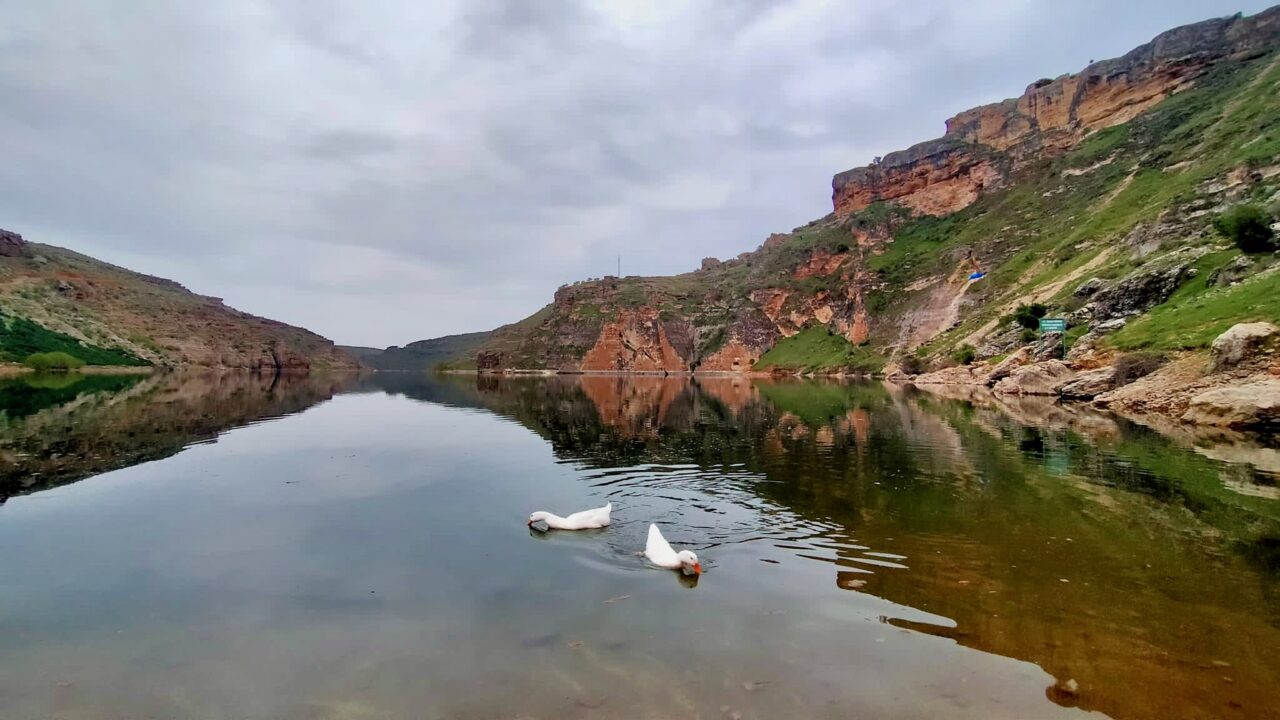
One can walk from one end of the district to the other, however, it is hilly, and one has to climb. The district was founded at an elevation of 860 metres, it stands 200 metres higher than Diyarbakır. The climate of the district is similar to that of Diyarbakır, it is rainy in winter and warm in summer. However, following the construction of Kralkızı Dam, the humidity rate rose and changes took place in the climate. There used to be more snowfall in winter months before the dam was made, yet there is no longer the same amount of snow. This also negatively affects the district’s flora and viticulture, an important field of production in the region.
In addition to wheat and chickpeas, agricultural products such as pomegranates, figs, grapes, sumac and various vegetables are produced. Figs and grapes especially have been among the most significant sources of income for many years for the region, and pestil [dried layers of fruit pulp] and molasses made from grapes are well-known.
Cattle-raising and goat and sheep breeding also continues in the district, although not on a large scale. Milk produced in this area is used mostly in the production of braided cheese and goat’s cheese unique to Diyarbakır. Fermented yoghurt is sent to Diyarbakır centre.
![<em>Pestil</em> [dried layers of fruit pulp] and molasses made in Eğil are especially well-known. They owe their fame to the quality of the grapes grown in the region, also one of its main sources of income. (Photograph: Hamdullah Zengin)](https://diyarbakirhafizasi.org/wp-content/uploads/2023/12/5_Egil-1280x853.jpeg)

Almonds grown in Eğil also have deserved renown in Diyarbakır and its environs. Almonds grow in gardens and orchards in a great part of the district, and are both directly sold and used in the production of “bademli sucuk”, a sweet delicacy. Bademli sucuk is sold as an alternative of cevizli sucuk, a similar sweet delicacy made with walnuts. Green, ripe almonds, known in Turkish as çağla, and in Eğil as çeqala, are also always highly popular.
In recent years, peanut production has also rapidly increased in Eğil and the product has been recognized as superior quality. Sumac, an indispensable ingredient of Diyarbakır cuisine in dishes like ekşili dolma, sour stuffed vegetables, and recently acknowledged for its culinary importance across Turkey, is also an important part of agricultural production in the district.
The tourism industry has been a significant source of income for Eğil in recent years. New facilities founded around the dam reservoir, boat tours that offer the opportunity to closely observe historical monuments from the lake, and the tombs of prophets all present attractive routes for tourists. Especially when the remains of the submerged village of Tekya appear from time to time when waters ebb, it is possible to observe the destruction that has been inflicted.
The tombs of the prophets that have been submerged by the dam waters have continued to remain on the district’s agenda for years. Special work was carried out in the district to transfer the tombs of the prophets, since it was known that they would be submerged during the construction of the dam. Specialized religious figures came to the district for the transfer to Nebi Harun Hill, special permission was received to open and transfer the tombs here. However, since that day, it has been said in the district, that during the transfer it was seen that the bodies of the prophets were intact and that their burial garments, too, remained unfaded. In fact, those who took part in the transfer operation, claim that they saw the prophets smile, and that those who touched their bodies passed out. This legend has been spread in the district since 1995, and newspaper cuttings reporting on the day of the transfer can be seen in many points in the district.
The tombs of prophets were among the most visited sites in the area, thus their transfer to this hill outside the city has meant that Eğil has been deprived of this source of tourism income. Many visit Ziyaret Hill without entering the district at all, and therefore the shopkeepers of Eğil look to those who visit the reservoir dam for business.
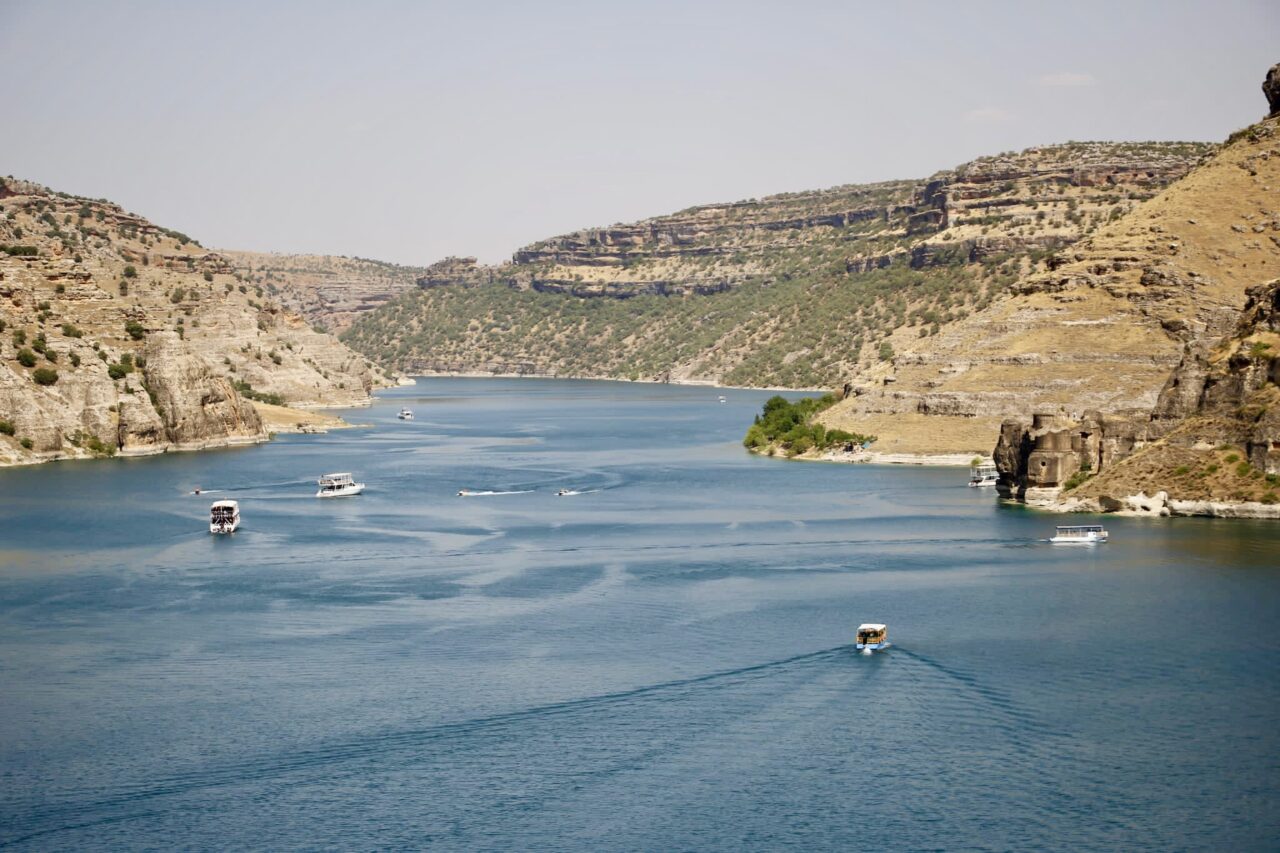
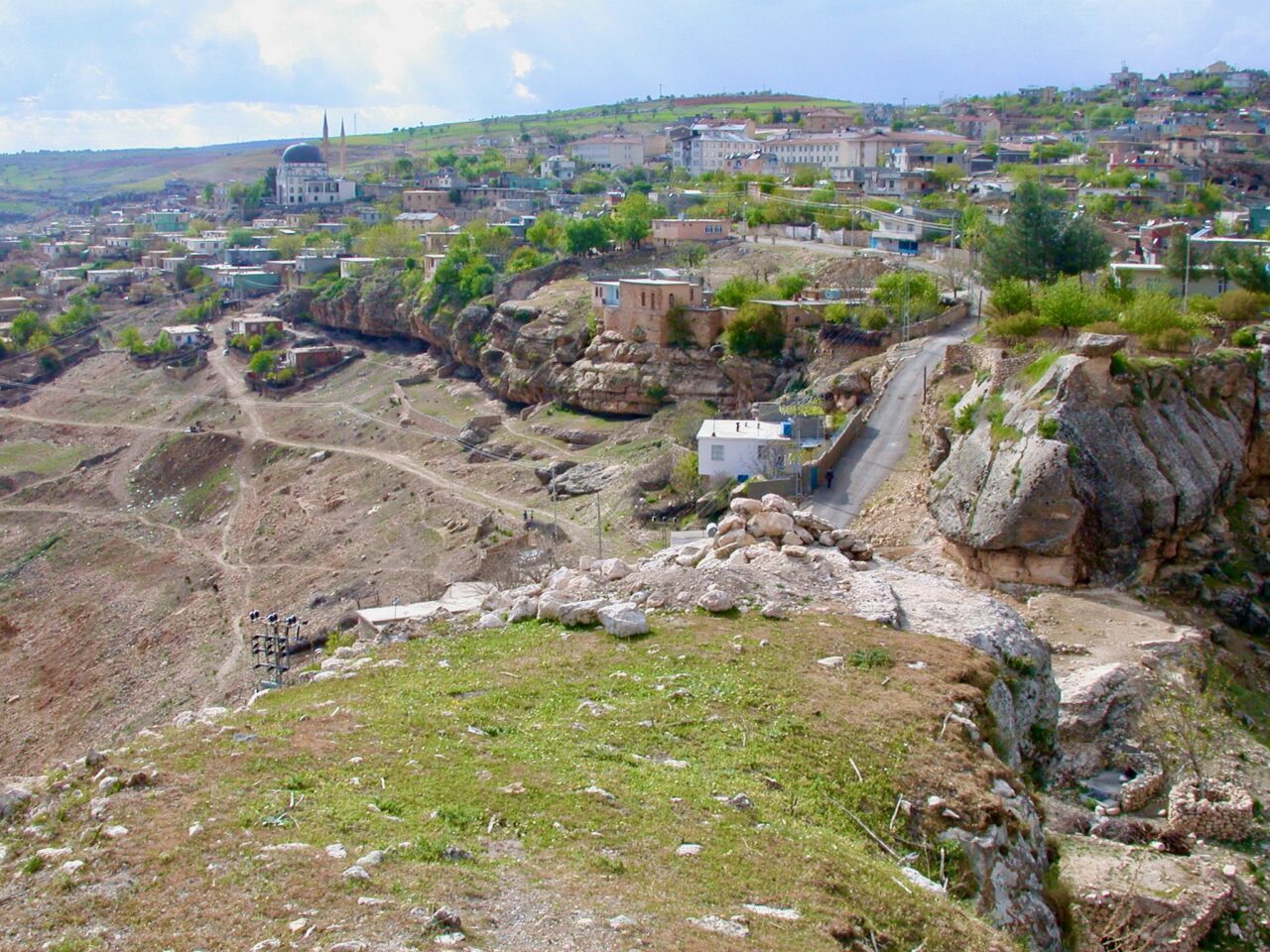
The district’s architectural texture is mostly made up of one- or two-story houses with gardens. There are few fig and other fruit trees in these gardens, and whether used or not, barns are also mostly part of these gardens.
Entry to Eğil is via a single road that forks away at the Dicle-Diyarbakır junction. The high street extends from one end of the district to the other. The square in the market place through which this high street passes is called Cumhuriyet Meydanı, or Republic Square, like almost all other districts across Turkey. For many years this square was the place where national holidays were celebrated, and it is also a place where men sit at chairs or kürsü, lower stools to drink tea and roll cigarettes in their leisure time. When one walks along the shops lining the high street, one arrives at the castle, the most important extant historical monument of the district, and when one continues downhill from the road in front of the castle, one arrives at the dam reservoir.
The area of the castle sheds light on the past of the district. However, the remains of the castle have been plundered by many treasure hunters over the years, and suffered heavy damage.
From the castle, there is passage to a cave which is known to be a Christian place of worship during the period it was prohibited. There are many crosses on the walls of this cave. It is possible to see the last traces of the remains of the old city below when one looks out from the cave’s entrance.
Historical monuments, many now submerged below the waters of the dam reservoir, are visible along the hill upon which the castle is built. On the side of the hill that looks over the dam reservoir, there are the tombs of the kings, although some are submerged in water, their towers are visible, and picnickers some time prefer this site. There are stairs that descend from the castle to the dam reservoir, however they were blocked many years ago for security reasons.
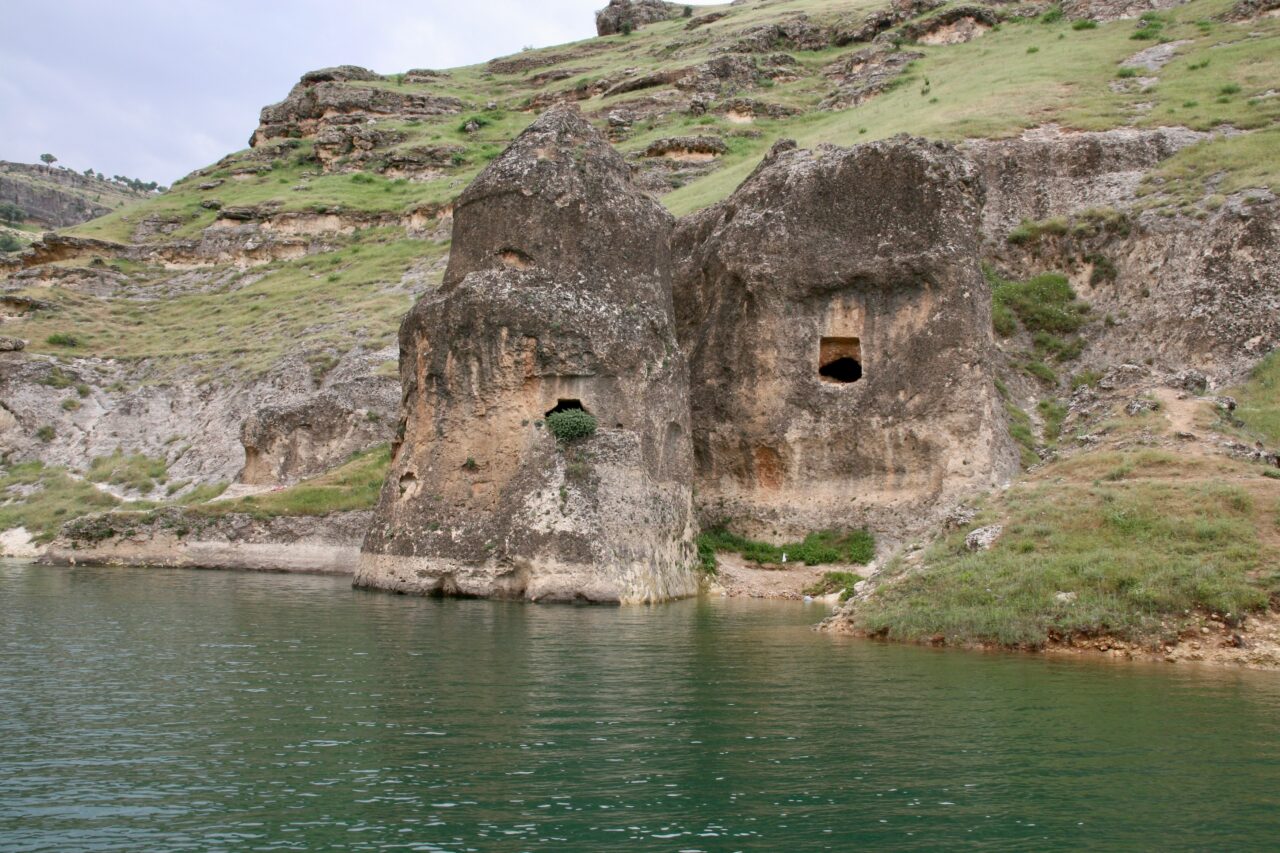

Traces of Armenians, who lived here in the past, are deeply felt in the district’s texture. As a result of the plundering of history, one comes across the sign of the cross in stones used in the construction of houses. Similar to the attempt to severe the district from its history, we see how stones have been taken away from their authentic location and made part of what is being newly built.
Although the population of Eğil is entirely Zaza, some families do not deny their Armenian roots in the past. All these families, who have not severed their ties with the past of Eğil, are Islamicized Armenians. Similar to the way the transfer of the tombs of the prophets is retold, the events that befell the district’s Armenians continue to be retold by word of mouth. Besides, everyone knows that these narratives are much more closely linked to the truth compared to those about the tombs of the prophets.
During the years I grew up in Eğil, the topic children discussed most was about our roots, who was an Armenian, and who wasn’t. Whenever our friends with which we played football or herded animals, got angry with us, they would tease us by saying, “It’s your Armenian stubbornness again”. This teasing never led to tension, but it would pose great question marks in our minds. We had grown up as Sunni Zazas on those lands, and we would never understand why we were being called Armenians.
A long time later, after we had grown up, we began to discover the meaning of our friends’ words, and understand that part of our families were (forcibly) Islamicized Armenians. My father’s father Tahir Sancar, who passed away last year, used to tell us candidly that his mother Zerife was an Armenian who was born and grew up in the Heredan village of Dicle district, that she was “rescued” in 1915 by his father’s father, and was married to his father.
My Zerife grandmother’s relatives in Istanbul used to say that, before this story of rescue, my grandmother was married, and that they didn’t know. Her children didn’t know that my grandmother had a brother either. Until a time when the atmosphere of 1915 partially dissipated and the brother came to visit her. No one knows how the two siblings embraced, or what they talked about. The only thing we know is that Giragos had become Kurd Hasan. It is clear it was not like today. Becoming Kurdish was an opportunity to survive then.
Growing up like this in the district, once I showed some interest in journalism, I had to tell the story of what I knew and what I had experienced. So we departed from the story of a cross that remained concealed for many years in a chest, to tell the truths of Eğil that are not widely spoken of.
In our 2018 documentary “Saklı Haç / Hidden Cross”, we conveyed the stories of the first and second generation relatives of Islamicized Armenians living in Eğil. The reality was, as we said at the beginning of our documentary, thus: It is our story that is being told.
We set out with only one camera and one microphone, and shot the documentary fully on a voluntary basis, yet it was met with a great response. Of course, precisely because of the interest it received, and because of the subjects it touched, we were also made into targets as a team, we were called “traitors” across newspaper headlines and we received death threats. And even that blatant targeting was considered freedom of expression. All that was done perhaps to make people forget the stories told in the documentary, like this one:
“My grandfather’s name was Sarkis. They said, let’s change it to ‘Salih’. Let’s Islamicize you, in other words. They gave them a new identity and a new name. They all became Sunni Kurds. Some retained their Armenian surnames. My paternal aunt is in Syria, for instance. My father saw her when he went to complete his hajj pilgrimage. She was his full sister. She was Armenian. Armenians and Muslims used to live side by side here. There were no problems until 1915.”
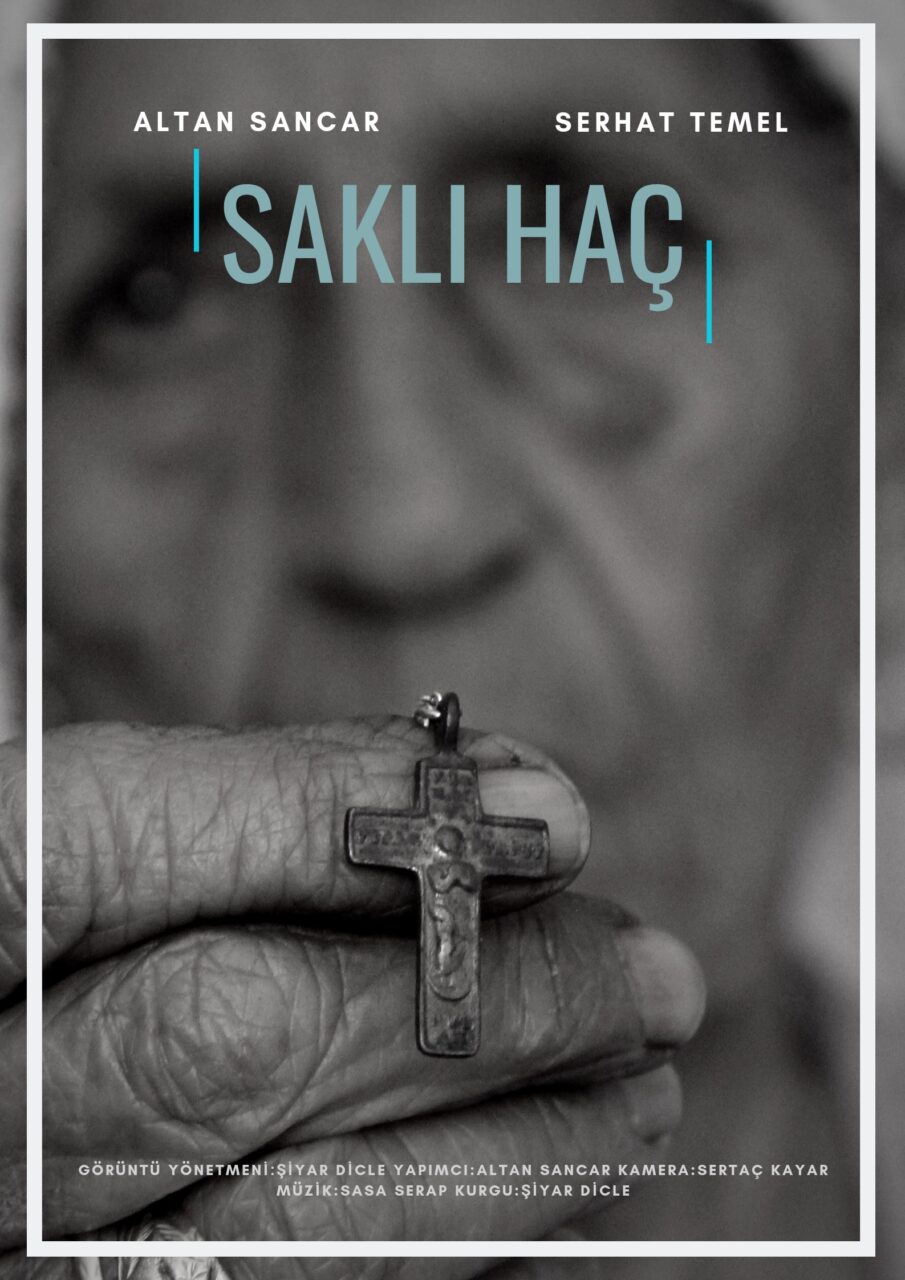
Another important aspect of the district is that it was one of the significant centres of left-wing politics before the 12 September 1980 military coup d’état. The district had a high rate of literacy before the coup, and even today it is related how the books confiscated from homes were made into a huge pile.
This political environment was also an indicator of a culturally active life. So much so that Eğil took pride in being the first district, after Diyarbakır centre, where a movie house had opened. This was a place where mostly left-leaning films were screened and families came to drink soda pop, it was a place which brought the people together. A while later it closed and became a carpet-making workshop. It was also used as a warehouse for a period. Unfortunately, the idea to revive this significant place which carried so much importance for Eğil, this movie house that was first among the districts of Diyarbakır, never materialized in the coming years.

In general, Eğil’s cuisine displays similarities with Diyarbakır cuisine. There may be small differences. For instance, meftune is considered a source of local pride in Diyarbakır, while in Eğil, the influence of Armenians, the authentic creators of this dish, is felt more.
The tradition of playing the davul [bass drum] and zurna [a double reed wind instrument] is still prevalent in the district. Although street weddings are accompanied by davul and zurna, the tradition is gradually being replaced by electronic musical instruments. The departure from the use of davul and zurna is revealed in people now asking the previously unthinkable question “Will there be instruments?” for weddings. Folklore games are an inseparable part of Diyarbakır and folklore teams feature widely at weddings and national holiday celebrations.
The change Eğil has undergone over time continues with the departure of generations that grew up in the district. As sources of livelihood shift from agriculture and husbandry towards the services sector, the young population is deserting the district. Those who spent their childhood in Eğil, are moving to the centre of Diyarbakır, and some even travel to the Gulf countries to work in the construction industry.
In terms of its size, Eğil was between a village and an administrative district. The district I grew up in has recently decided to take rapid steps to become a district, but did not want to shed its village life. This seems to have led to an identity crisis. With “modernization” one extreme, and village life the other, the indecision of those who remain often results in them leaving.
As the district ages, the people who remain watch the district change and slip through their fingers.

Text: Altan Sancar
Translation: Nazım Dikbaş
Cover photograph: Eğil Castle, 2004, DKVD Diyarbakır City Archive
